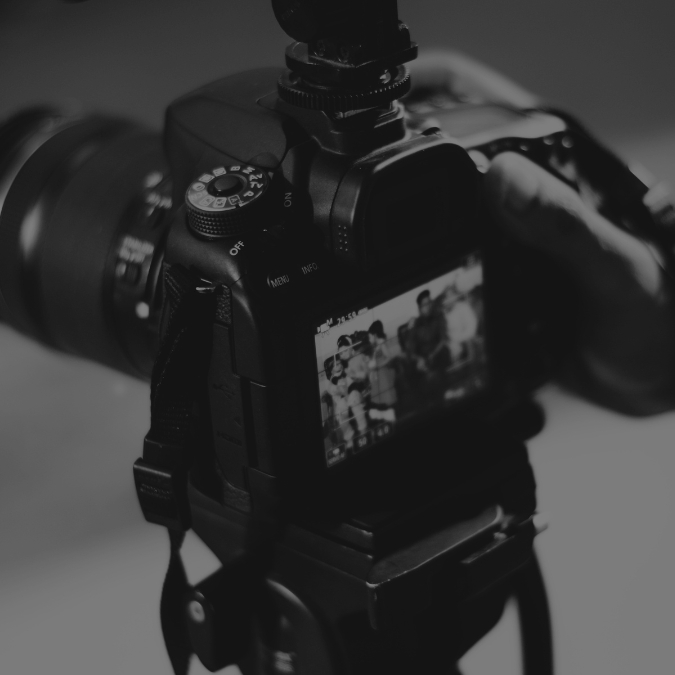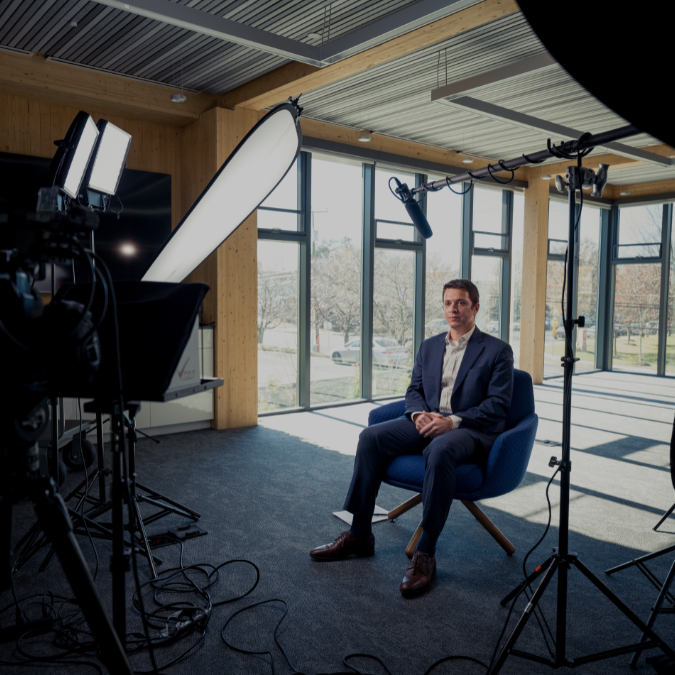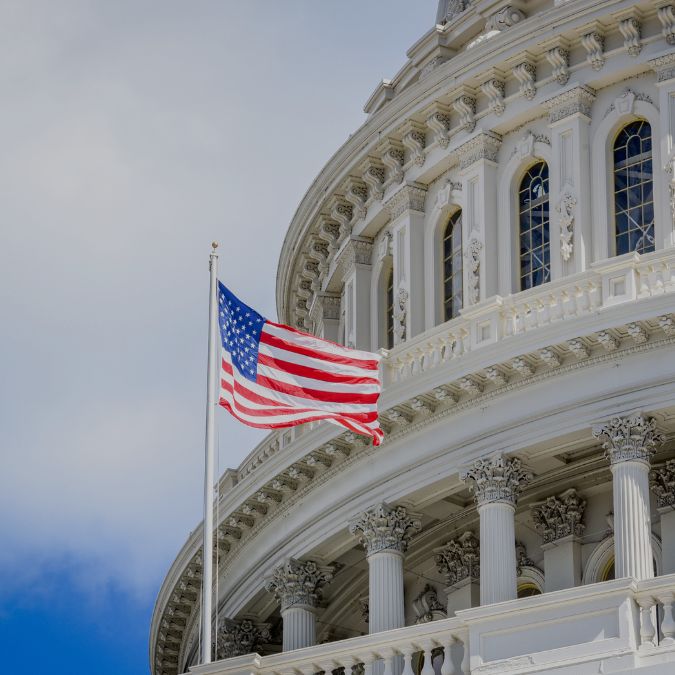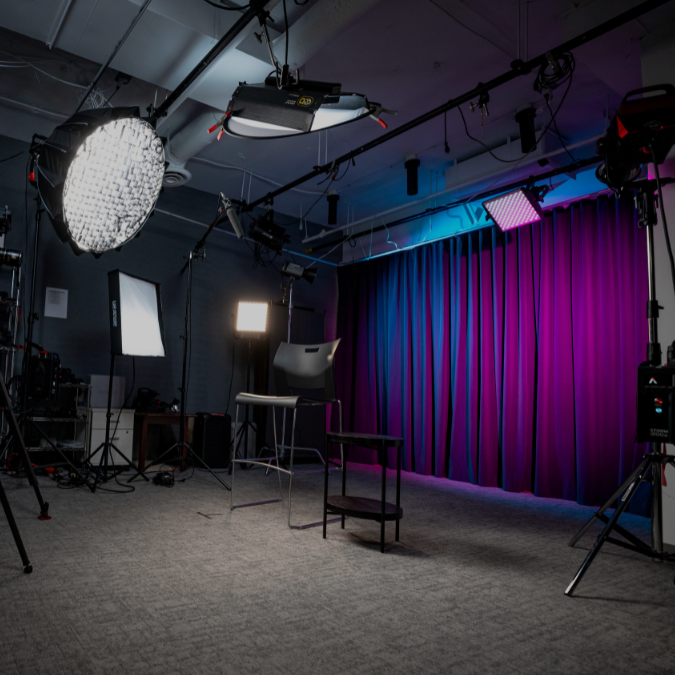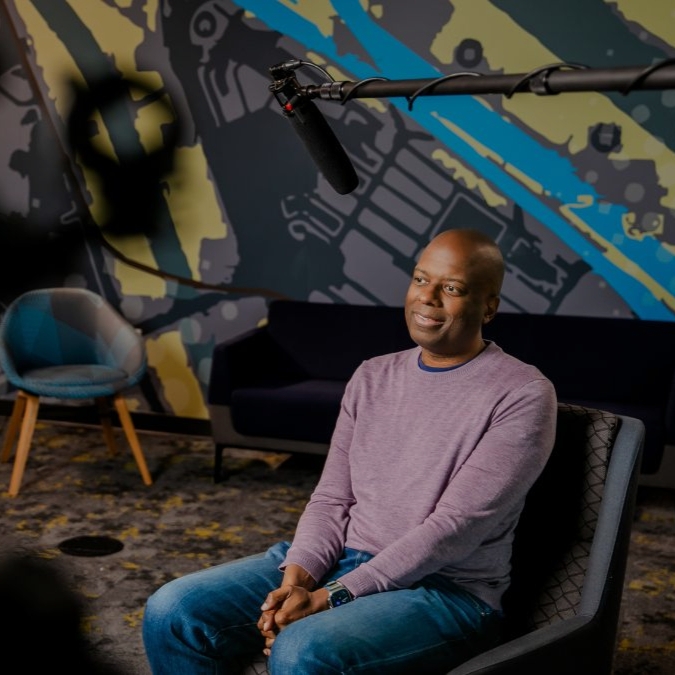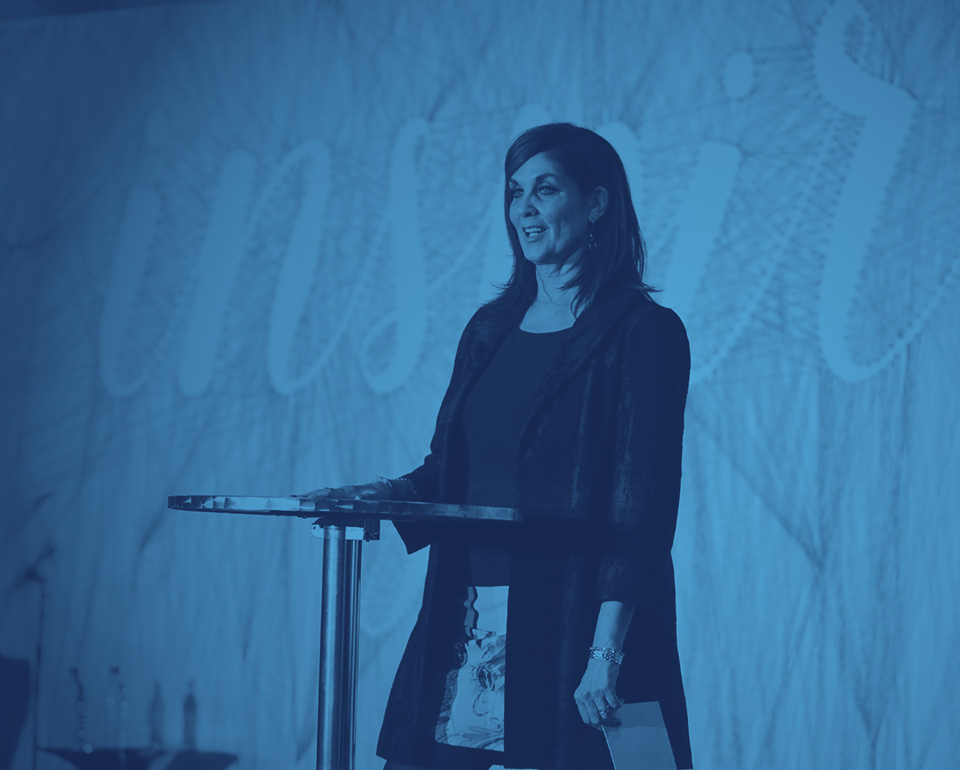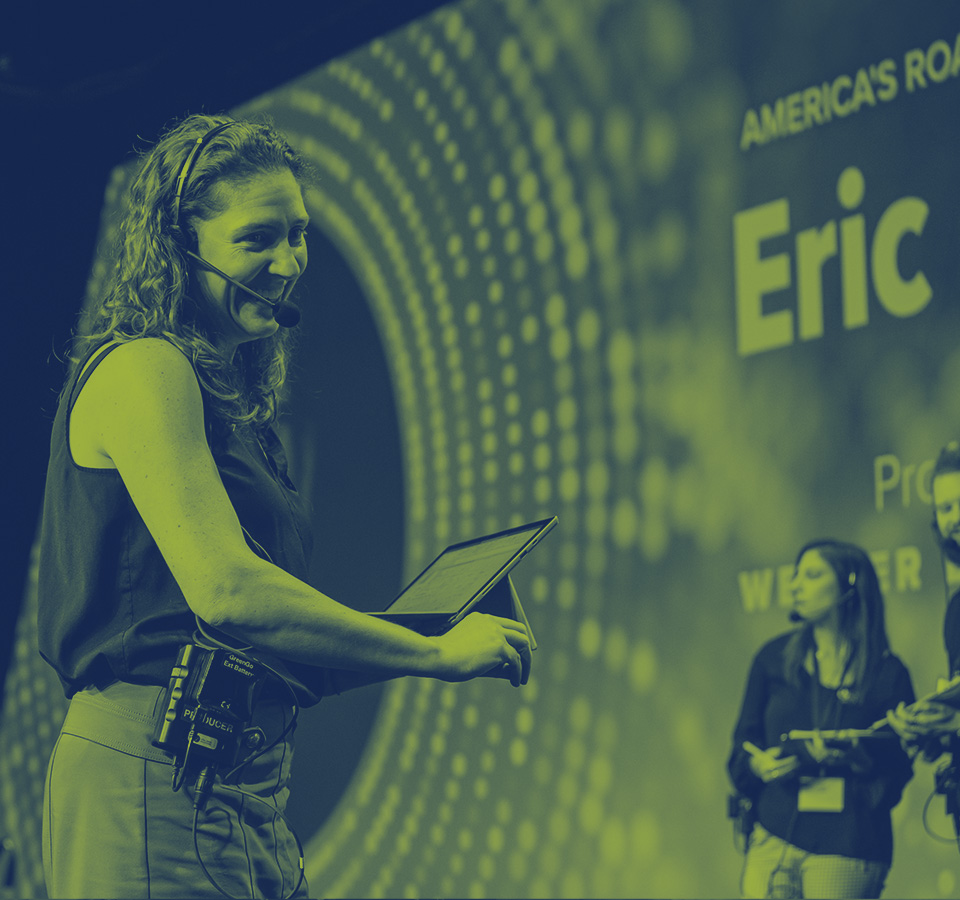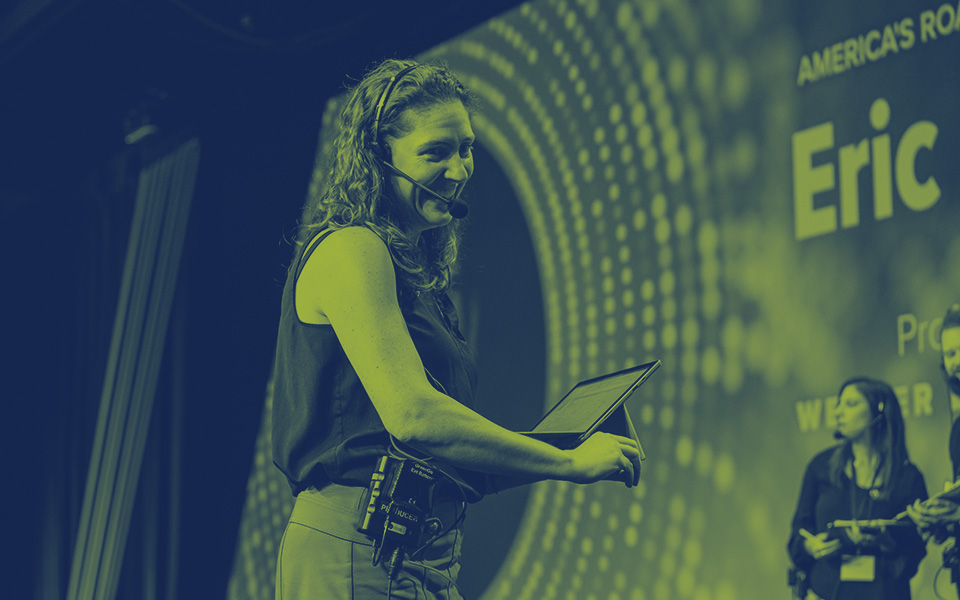Our LAI Video team hosted a spring lunch and learn event, welcoming Washington, D.C.-area meeting planners to our downtown office to share ideas for how video can be used to elevate the event experience.
Everyone left the lunch with their appetites for learning and networking satiated, as well as a helping of new ideas and a better understanding of the transformative impact video can have on their campaigns and initiatives, especially their events.
Here are three of the key takeaways from the session.
1. These Are the Characteristics of Awesome Videos
As we went around and got acquainted with everyone in the room, we wanted to learn more about how they’re currently using videos for their events. These were some of the answers we heard:
- To welcome the audience to the event and set the stage for what’s to come
- To drum up excitement for kickoff sessions
- To capture the year in review and recap all the hard work that’s been accomplished and all the progress that has been made
- To educate the audience about the organization’s brand and purpose, or introduce a new product or service
With all the talk about how video is being used, it piqued our curiosity on what makes for a video that captures people’s attention, moves them to a desired action, and enhances the attendee experience. Members of the group put their heads together and came to a consensus that any video must be these three things in order to cut through the noise, hold the viewer’s attention, and make an impact:
- Immersive
- Innovative
- Inspirational
To add to that, videos should also educate the audience; promote opportunities for networking, building communities, and deal-making; and, ultimately, offer good ROI for companies.
ACTION STEP: Identify how you want your audience to feel and create video content that speaks to that emotion.
2. Budget, Budget, Budget
One topic that got everyone talking was the challenges they face when implementing video into their campaigns. The first thing mentioned was budget, and there were nods and murmurs of agreement – which let us know that this is a universal hurdle that everyone in the room has had to jump over on many occasions. If this is a challenge you’re familiar with as well, here are a few helpful tips to keep in mind from here on out:
- Consider filming your videos now and using the following year’s fiscal year’s budget for editing costs
- Seek out sponsors to underwrite video costs or generate revenue
- Collaborate with other departments and their budgets to cover costs for messaging they want to push out throughout the year
ACTION STEP: Share your budget and yearly marcomm needs with your video production partner to aid them as they think strategically about capturing the right content while onsite to make the most of your spend.
3. How Can Video Be Repurposed to Help You Stand Out
As we moved deeper into this collaborative session, you could see the gears begin to turn as the discussion on how to get the most mileage out of videos began to heat up. You’ve created a captivating experience at the event and created a narrative that has come to life on the big screen and immersed attendees in your message and mission. Now what?
First, consider the ways you can use your event video to differentiate your big show from other events that target similar audiences. Understand what draws your current attendees to your event and identify opportunities your video offers to creatively market that to prospective attendees. Your videos can be repurposed to target market to your key audiences via digital advertising, which offers an inexpensive way to test creative, capture invaluable data, and provide a variety of channels to get your brand in front of prospects, including display ads, email campaigns, streaming audio, over-the-top/connected TV platforms, and search engine optimization.
ACTION STEP: Consider leveraging geo-fencing and retargeting to narrow in on locations where you know your prospective and current attendees will be and re-target them with ads during and after events.
Remember, for any video filmed at events, it’s about more than just capturing the event. The goal should always be to get meaningful content that addresses marketing needs and can be leveraged in campaigns moving forward.
One Final Thought: Think about the action you want people to take from watching your video and work backwards from there.
If you’re looking for support with your event videos, or any of your other video campaigns, the LAI Video team can help you reach your goals.
Contact us to brainstorm different video branding solutions for your organization.


